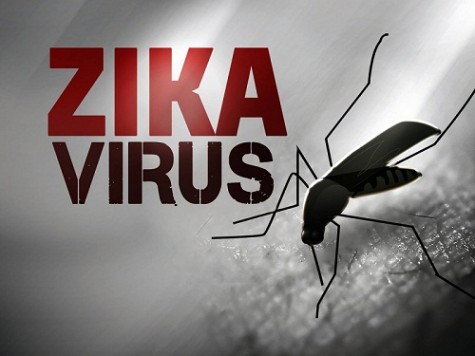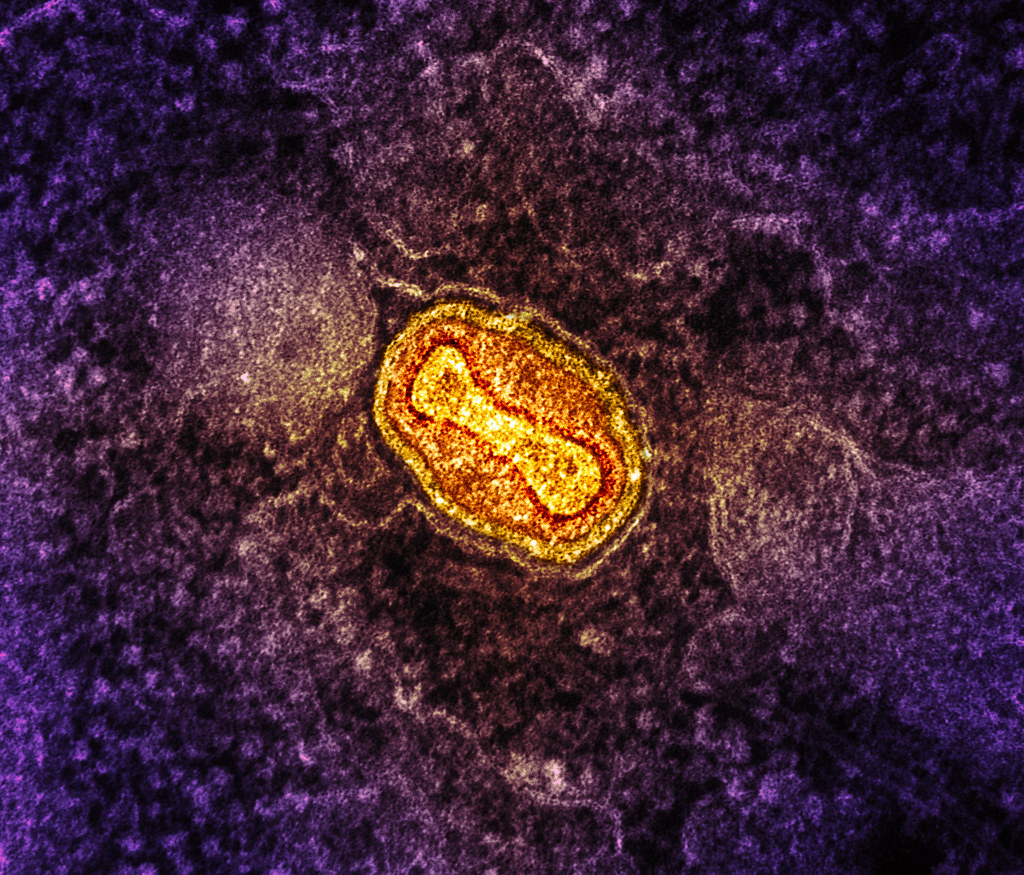
The Zika virus is a mosquito-transmitted virus that has become an epidemic all throughout Brazil and other parts of Central America.
Zika virus has been around since 1947. Up until 2015, Zika virus has never been a real danger, but the CDC (Centers for Disease Control and Prevention) has confirmed that traces of Zika have been found in the U.S.
Zika is primarily transmitted through the bite of an infected Aedes mosquito species. Around 80 percent of infected people show no symptoms at all.
The most common symptoms include fever, rash, joint pain, or red, itchy eyes. For about one week, 20 percent in the infected populace shows these symptoms. After the week-long duration, the virus is out of the system and the infectee no longer will show any symptoms.
Currently, there is no known vaccination. The best possible treatment is a lot of rest and hydration.
Many precautions have been taken by the general public to prevent Zika. Recent reports suggest that the best way to prevent Zika is to prevent mosquito bites. Wearing long-sleeved shirts and pants, using insect repellent, and mosquito-proofing your home will lower the chance of infection.
Currently, 153 travel-associated incidents of Zika have occurred in the U.S. (U.S. territories included) such as Puerto Rico, the U.S. Virgin Islands and American Samoa. Many outbreaks are occurring in South American countries such as Brazil, Mexico, and Columbia.
Recent reports have suggested a relationship between Zika and microcephaly, a condition in which newborn babies’ heads are abnormally small. Scientists, however, do not know how likely it is for a child to be born with microcephaly if the mother has been infected with Zika.
The CDC has recently issued health precautions for pregnant woman travelling to Latin American countries. Health officials say that the best way to avoid Zika is to be aware and educated.

















